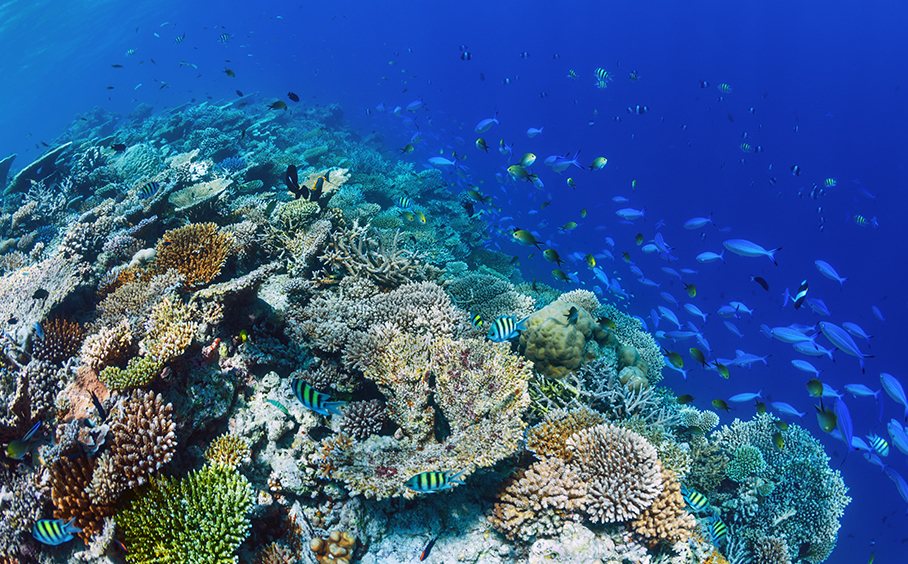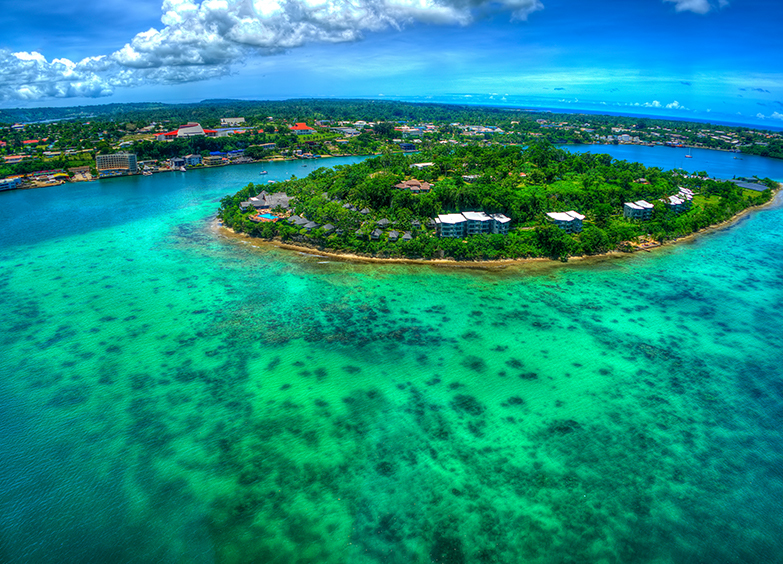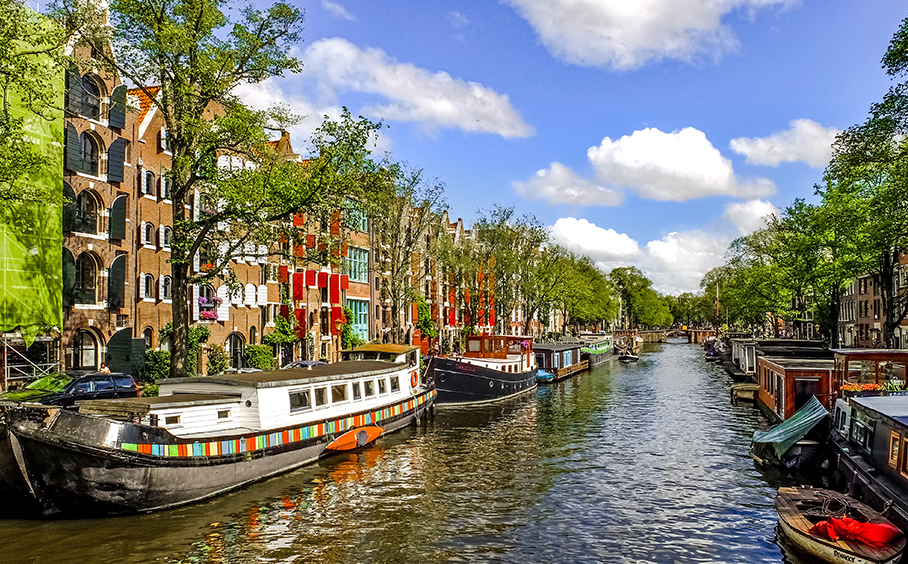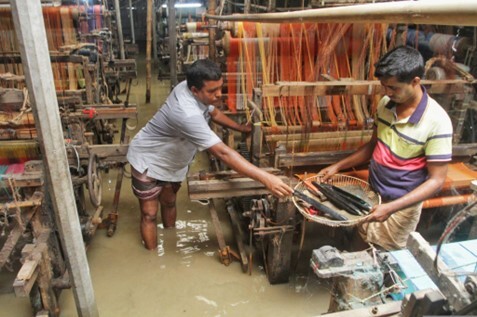
byTurbo989 via iStock
Issue
Rising ocean temperatures and ocean acidification are leading to the degradation of the tropical coral ecosystem
Solution
Coral reef restoration by transplanting climate-resilient varieties can help to provide benefits to the ecosystem and human well-being
Rising ocean temperatures, ocean acidification and loss of biodiversity
Climate change has led to increasing ocean temperatures and ocean acidification, both of which negatively affect coral reefs. Rising ocean temperatures can lead to coral bleaching, while acidification reduces the availability of calcium minerals in the water that coral requires to grow and repair itself. The island country of Vanuatu relies heavily on coral ecosystems for their economic, livelihood, and coastal protection benefits.

Ecosystem restoration, coastal protection, and capacity building
This coral transplanting project in Vanuatu took place from 2014-2017, involving the participation of over 3000 local people. The project aimed to stimulate community-based coral reef restoration, realize climate change adaptation benefits, and promote ecotourism. Through these efforts, the local community learned how to conduct coral transplanting. Now, members of the local community serve as guides for ecotourists; leading snorkeling trips where the tourists collect coral fragments and attach them to metal frames on the seabed.
Small pieces of broken coral are collected from shallow water and attached to portable metal frames. These frames are then transplanted to the seabed (at a depth of 6 meters) in areas where the existing coral reef habitat has been destroyed. Over time, the transplanted coral can grow into full-sized coral colonies. Climate change-resilient coral species are selected for this transplanting process.
Tips for users
- Care needs to be taken that the coral fragments are firmly attached to the metal frames (using cables or wire). Otherwise, the transplanted coral will not grow.
- It is helpful to involve local communities in coral restoration efforts, e.g. for collecting broken coral, identifying climate change-resilient coral species, and selecting priority locations for coral transplanting.
- Training and involvement of the community in this reef restoration effort enable them to continue conducting restoration efforts on their own in the future and can help the practice spread to other nearby areas through word of mouth.
Location




